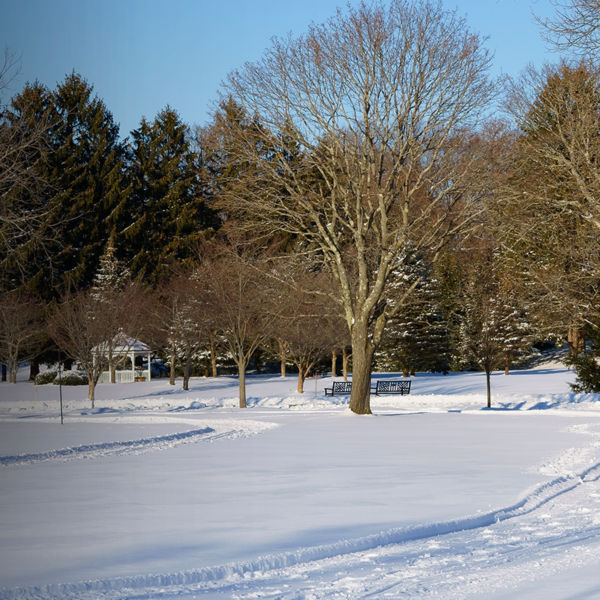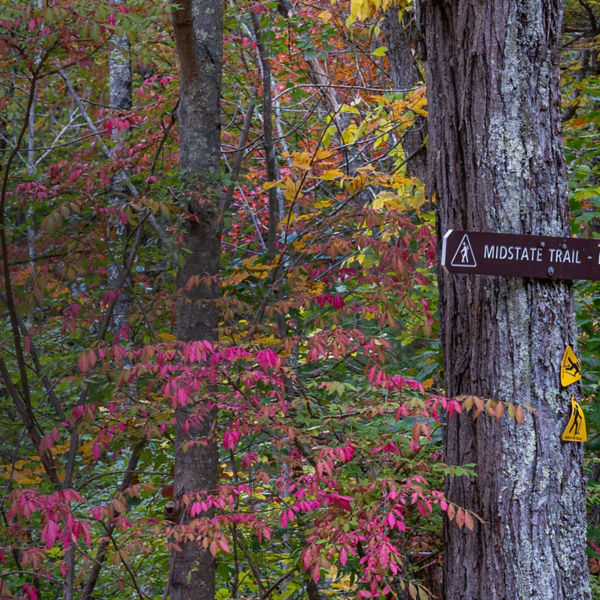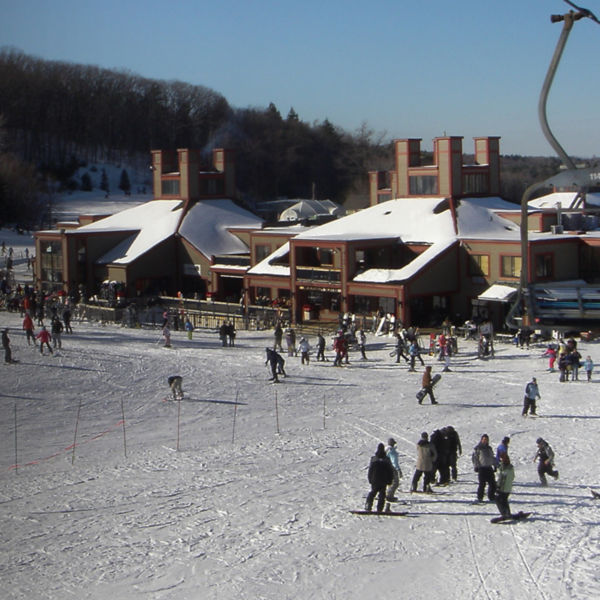
Don’t make the mistake of assuming you have to head for the hinterlands to have an outdoor adventure—some of the country’s biggest cities hide surprising opportunities for playing outside. Take Boston: A collection of islands and peninsulas (34, to be exact) sit in Boston Harbor, offering 50 square miles with everything from backcountry camping, hiking, and sea kayaking to historic sites and Atlantic beachcombing. And it’s all a T ride away, plus a ferry (or paddling excursion) over to the islands.
Boston Harbor Islands, a national recreation area plus a state park, comprise a wide variety of ecosystems and landscapes, from rocky shorelines to sandy beaches to tidal mudflats. Plenty of wildlife make their homes here. The islands serve as important habitat for birds, including ducks, terns, sandpipers, hawks, and plovers, plus migrating songbirds and wintering waterfowl. On land, you might spot garter snakes, skunks, raccoons, and muskrats. Just offshore, jellyfish, harbor seals, and the occasional whale swim.
The islands are also home to fascinating human history, beginning with the Indigenous peoples who lived in the Boston area for thousands of years. Prior to the arrival of Europeans, the harbor islands were part of the territory of the Massachusett Tribe, the Mashpee Wampanoag, and the Nipmuc. Later, they formed a link on the Maritime Underground Railroad, a boat-based escape route for people fleeing slavery in the South. Some of the first Black Union Army regiments camped on Gallops Island during the Civil War; the islands also held recruiting and training camps, prison camps, and defensive structures during that time. A handful of Civil War-era forts and World War II structures remain in the park for exploration.
Getting There
Boston Harbor Islands has sites scattered across Boston Harbor and Dorchester, Quincy, and Hingham bays, plus mainland destinations from downtown Boston to Hingham. The mainland’s Welcome Center is accessible from the T (Aquarium stop, on the Blue Line). Four of the islands can be reached by ferry: Spectacle, Georges, Peddocks, and Thompson. Summer brings full ferry service, while access is more limited in spring and fall, and you can only reach the islands in winter on special occasions. Private boaters and kayakers can sail/paddle over to some of the other islands on their own, though public moorings and slips on most islands must be reserved ahead of time.





































